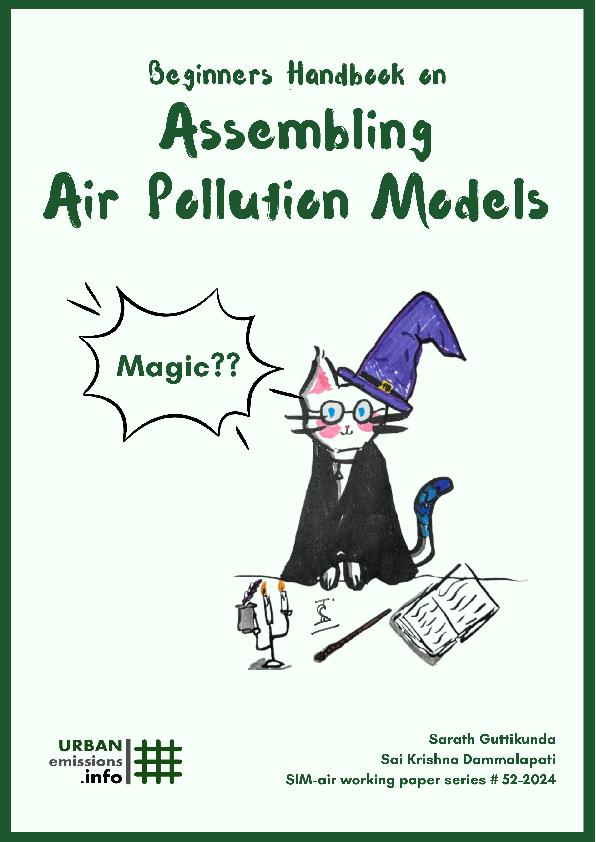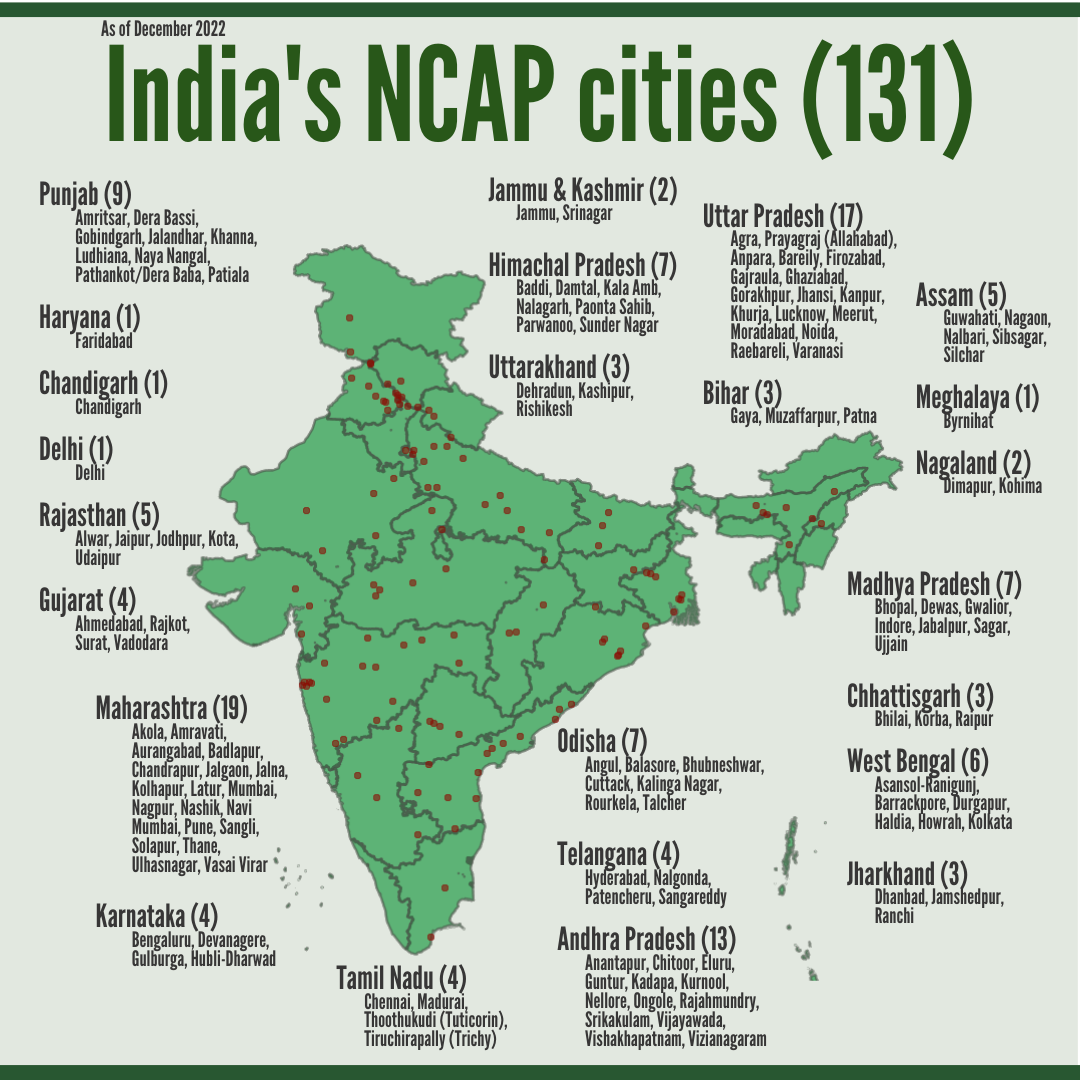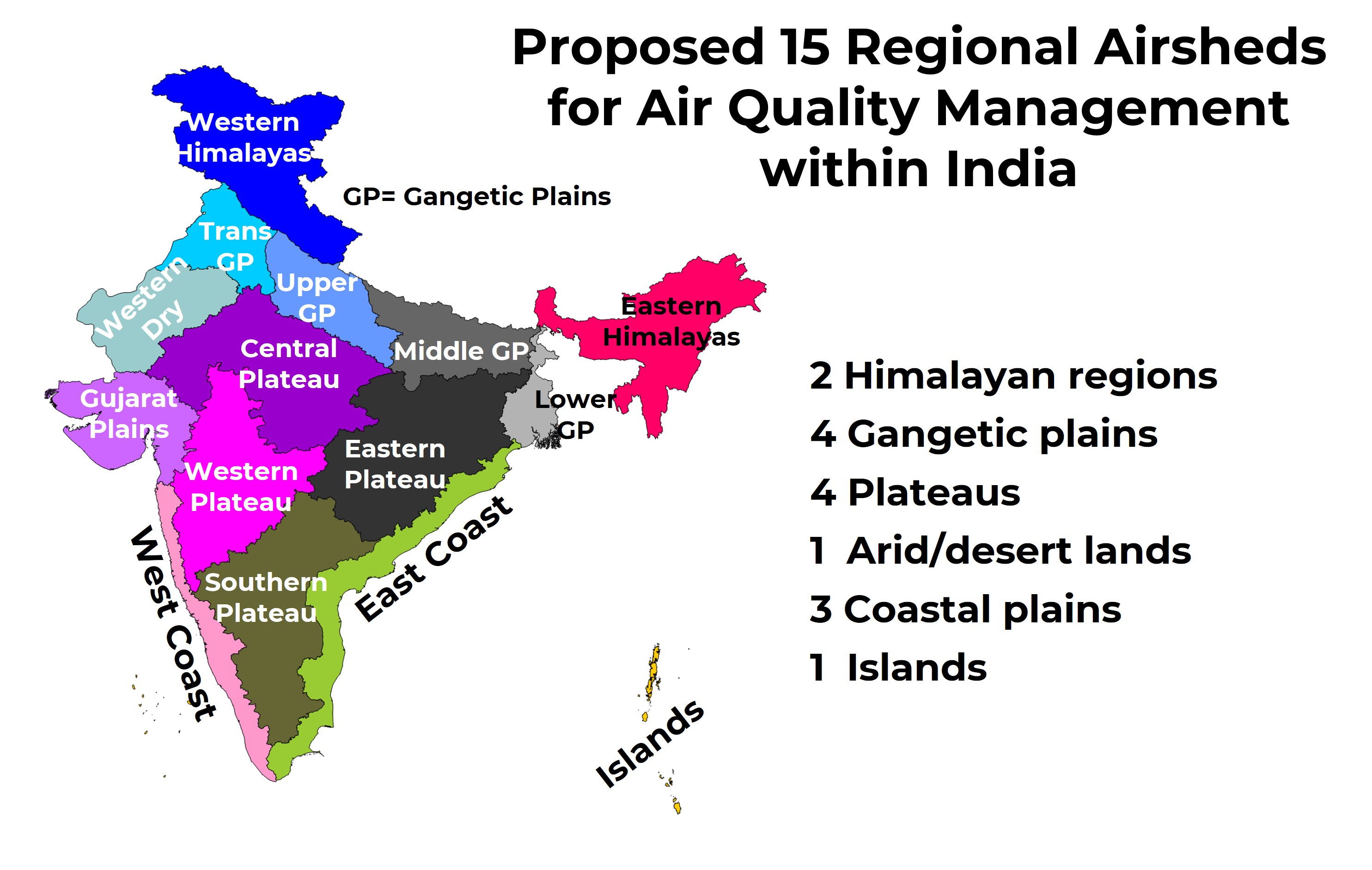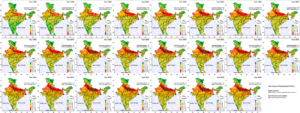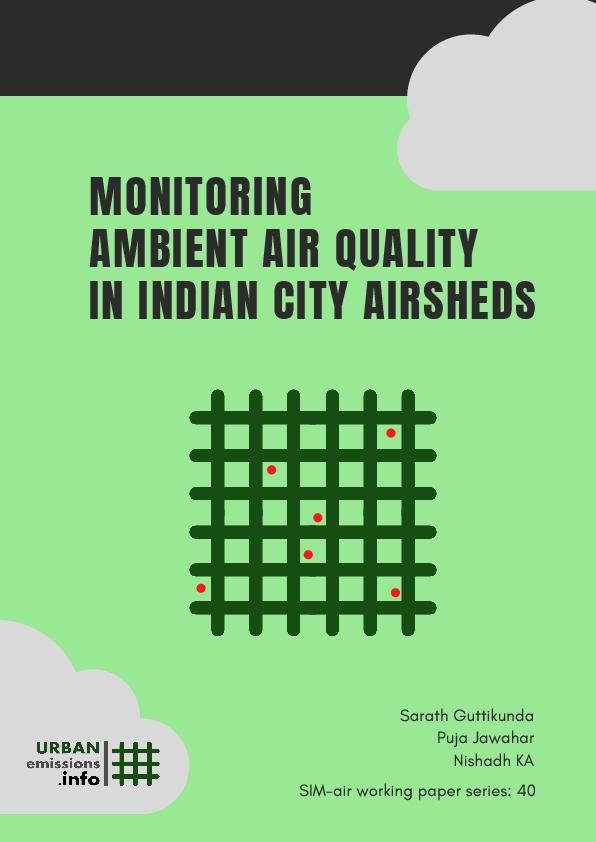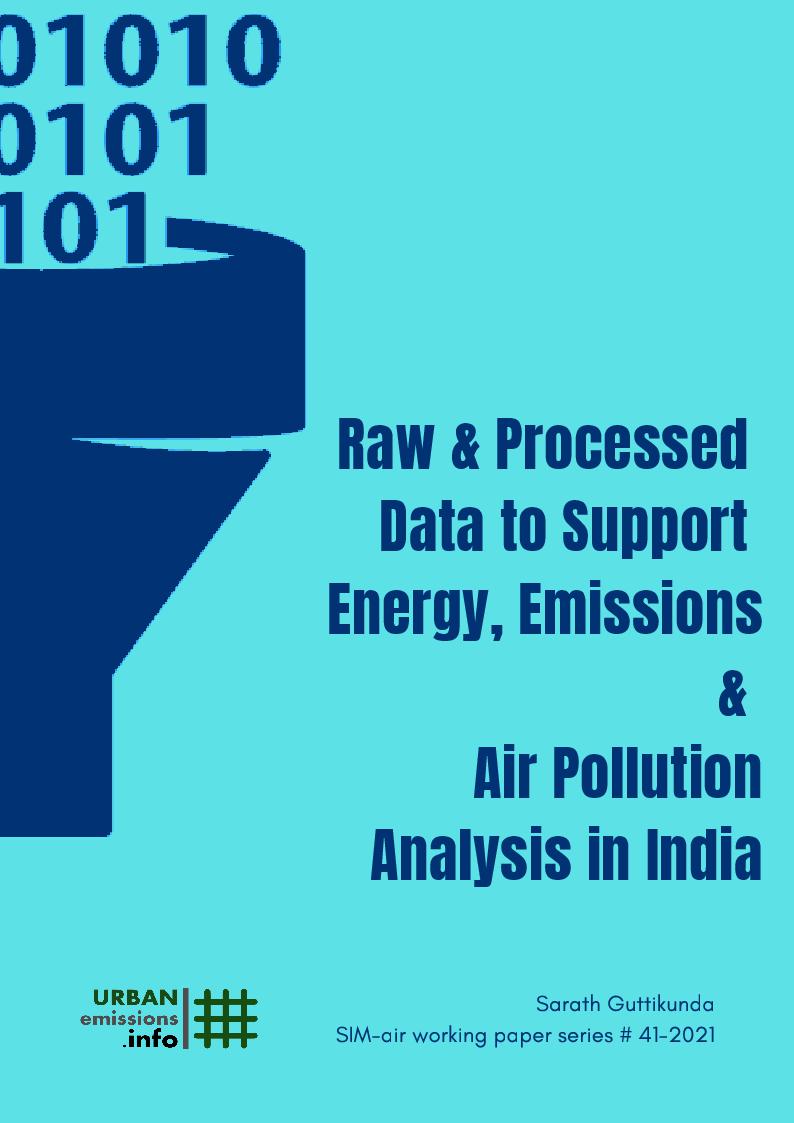UrbanEmissions.Info stands for (a) sharing knowledge on air pollution (b) science based air quality analysis (c) advocacy and awareness raising on air quality management and (d) building partnerships among local, national, and international air-heads.
 Beginners Handbook on Assembling Air Pollution Models
Beginners Handbook on Assembling Air Pollution Models
Air pollution is an escalating issue in cities worldwide, with direct impacts on public health. While many numerical tools exist to address this problem, there is a growing need for practical, scalable, and accessible modeling training resources, particularly in low- and middle-income countries. This publication is specifically designed to support those training needs and empower city managers, regulators, practitioners, academics, and citizen groups. Whether you are a beginner or seeking to refresh your knowledge, this resource provides a fundamental understanding of the key themes associated with air pollution modeling. Click on the image or here to download the full document. All the training material including primers, presentations, plug and play tools, benchmarking notes, instructional videos and more is available @ https://urbanemissions.info/tools.
 India National Clean Air Programme (NCAP) – Data Repository
India National Clean Air Programme (NCAP) – Data Repository
NCAP was introduced in 2019 to address air pollution in India’s non-attainment cities. The current list of 131 cities are required to document (1) emission and pollution load via monitoring and modelling (2) activities necessary for all the known sources to achieve the pollution target (3) plans to build institutional capacity to manage the information flow and (4) ways to oversee the progress of various components. In support of the program, here are the data resources and synthesis reports.
- List of the non-attainment cities and designated airsheds (here)
- A review of the approved action plans (here)
- Download ambient monitoring needs information by airshed (here)
- Download GIS information by airshed (road lines & road density) (urban built-up area)
- Download average TROPOMI extracts for the designated airsheds for 2019-2023 – NO2, SO2, O3, HCHO
- Download monthly average meteorological data from reanalysis fields for 1980-2023 – 2m-temp, rainfall
- Download city-wise official daily AQI data 2015-2023 (here)
- Download airshed-wise gridded reanalyzed PM2.5 concentrations data 1998-2022 (here)
- Air quality modeling tools – examples and reference notes (here)
- Explore more here
What is Polluting Delhi’s Air?
Air pollution in (urban and rural) India is a growing public concern, and city of Delhi (its capital) is one of the most studied city with a disproportionate share of media attention. Yet, we do not seem to have decisive answers to simple questions like how polluted is the city, what are the main sources, and where to start to control pollution in the city. A review of Delhi’s air quality from 1990 to 2022 from data, sectoral, judicial, and institutional perspectives was published as a journal article in 2023 and the associated data and references is available [here].
 |
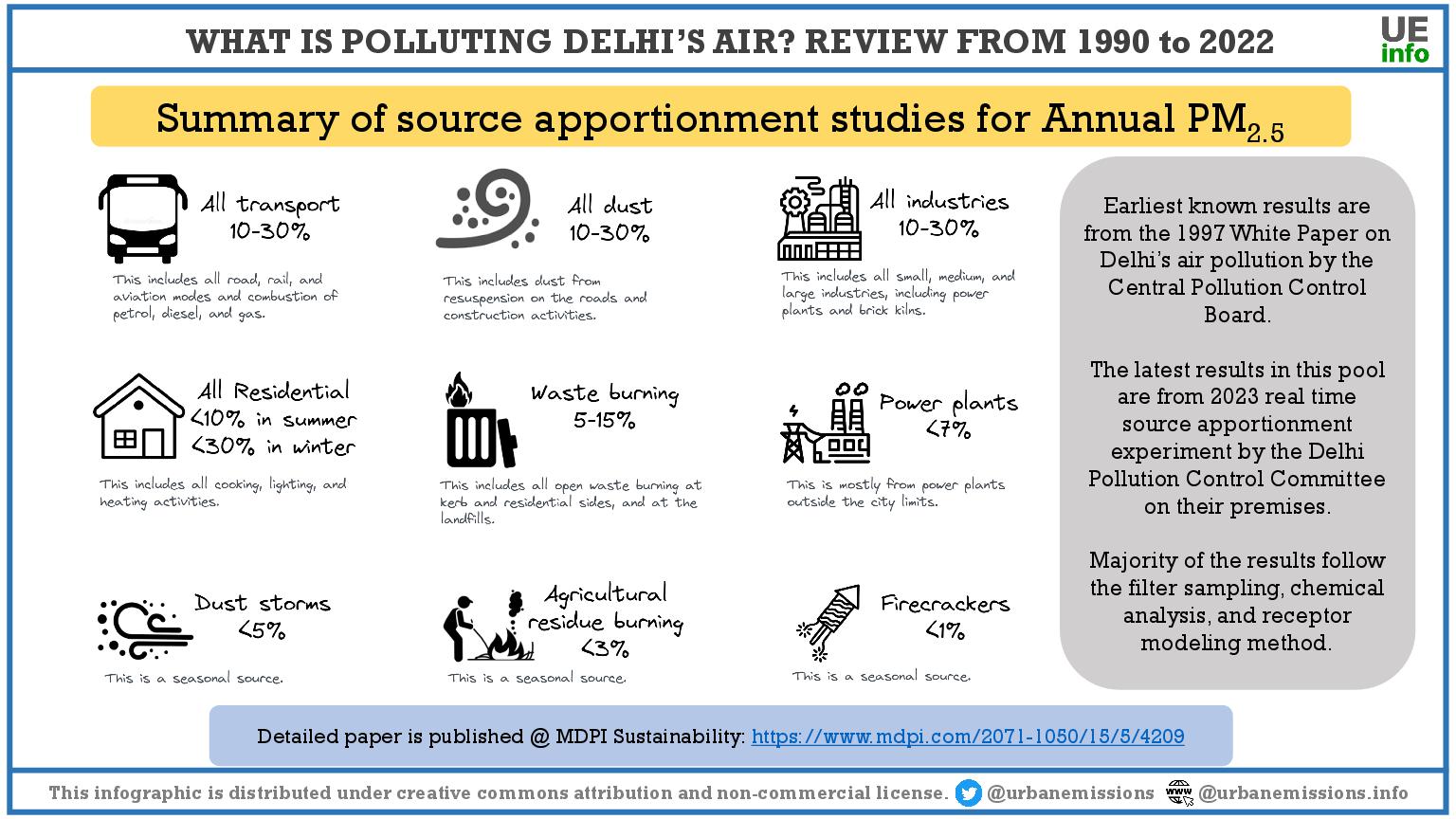 |
 Air Pollution Knowledge Assessments (APnA) city program
Air Pollution Knowledge Assessments (APnA) city program
Launched in August 2017, the APnA city program is designed to provide a starting point for understanding air pollution in urban agglomerations to support public dialogue and policy discussions. Architecture behind the APnA city program is carved and updated from our operational all India air quality forecasting platform.
We currently have stories for 60 Indian cities – Agra, Amritsar, Bengaluru, Bhopal, Bhubaneswar, Chandigarh-Ambala-Patiala, Chennai, Coimbatore, Dehra Dun, Indore, Jaipur, Kanpur, Kochi, Ludhiana, Nagpur, Patna, Pune, Raipur-Durg-Bhilai, Ranchi, Varanasi, Agartala, Ahmedabad, Allahabad, Asansol-Durgapur, Aurangabad, Dharwad-Hubli, Dhanbad-Bokaro, Gaya, Guwahati-Dispur, Gwalior, Hyderabad, Jamshedpur, Jodhpur, Kolkata-Howrah, Kota, Lucknow, Madurai, Mumbai, Nashik, Panjim-Vasco-Margao, Puducherry, Rajkot, Shimla, Srinagar, Surat, Thiruvananthapuram, Tiruchirapalli, Vadodara, Vijayawada-Guntur, and Visakhapatnam.
 Designating Airsheds for Urban and Regional Air Quality Management in India
Designating Airsheds for Urban and Regional Air Quality Management in India
Journal Article in Air (2024) [publication link]
Air pollution knows no boundaries, which means for a city or a region to attain clean air standards, must not only look at the emission sources within its own administrative boundary, but also at sources in the immediate vicinity and those originating from long-range transport. And there is a limit to how much area can be explored to evaluate, govern, and manage as designated airsheds for cities and larger regions. This paper discusses the need from an official airshed framework for India’s air quality management, urban airsheds designated for India’s 131 non-attainment cities under the national clean air programme, and proposes climatically and geographically appropriate regional airsheds to support long-term planning. Between 28 states, eight union territories, 36 meteorological sub-regional divisions, and six regional meteorological departments, establishing the proposed 15 regional airsheds for integrated and collaborative air quality management across India is a unique opportunity. [Download supporting information @ zenodo]
 Air Quality Modeling Tools
Air Quality Modeling Tools
There is a need to develop air quality modeling tools that feed into a robust decision support framework taking into account both institutional and technical challenges in data-scarce low and middle income countries. The SIM-air family of tools “Simple Interactive Models for better air quality” are developed with one objective – make use of the best available information with the academic, government, and non-governmental bodies, to support integrated air quality management. These tools are designed to collate the necessary information, to estimate key parameters (e.g. emissions from various sources) and to simulate the interactions between emissions, pollution dispersion, impacts, and management options in an environmental and economic context [link].
Primers for Air Quality Managers
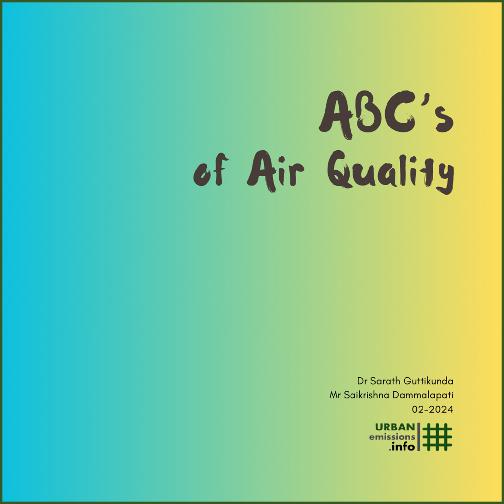 |
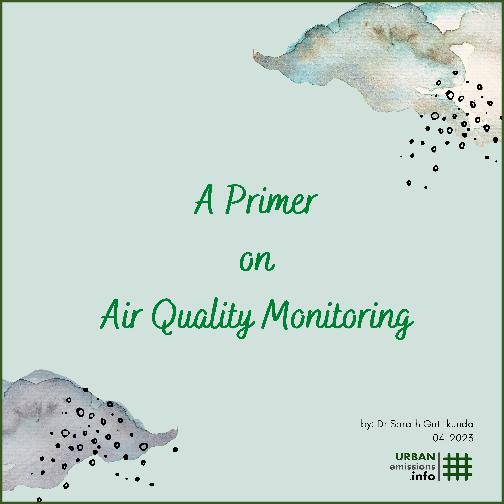 |
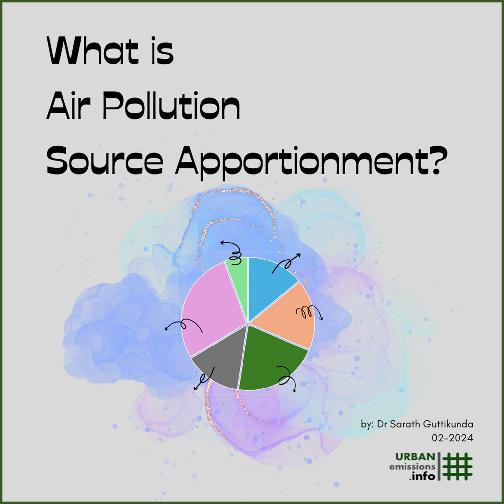 |
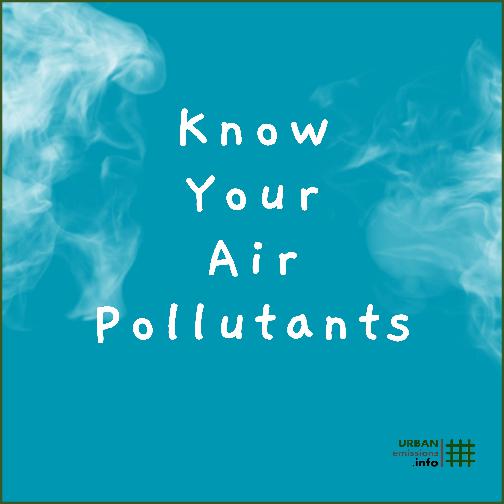 |
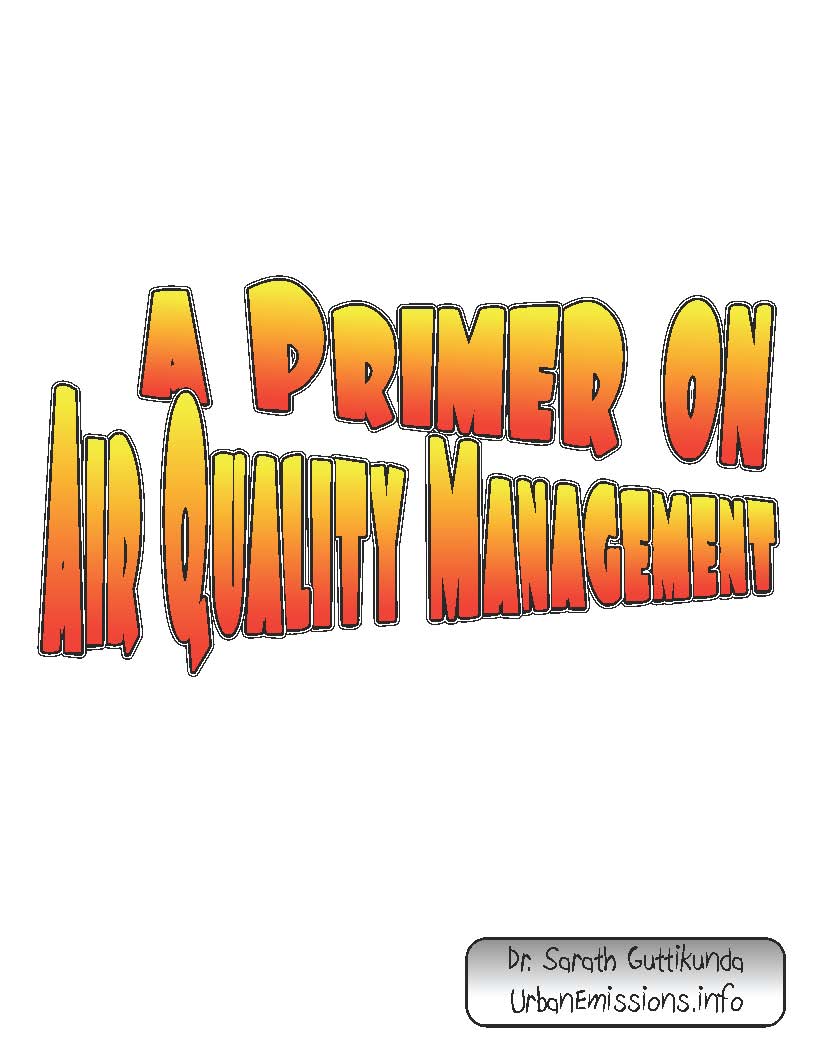 |
 |
 |
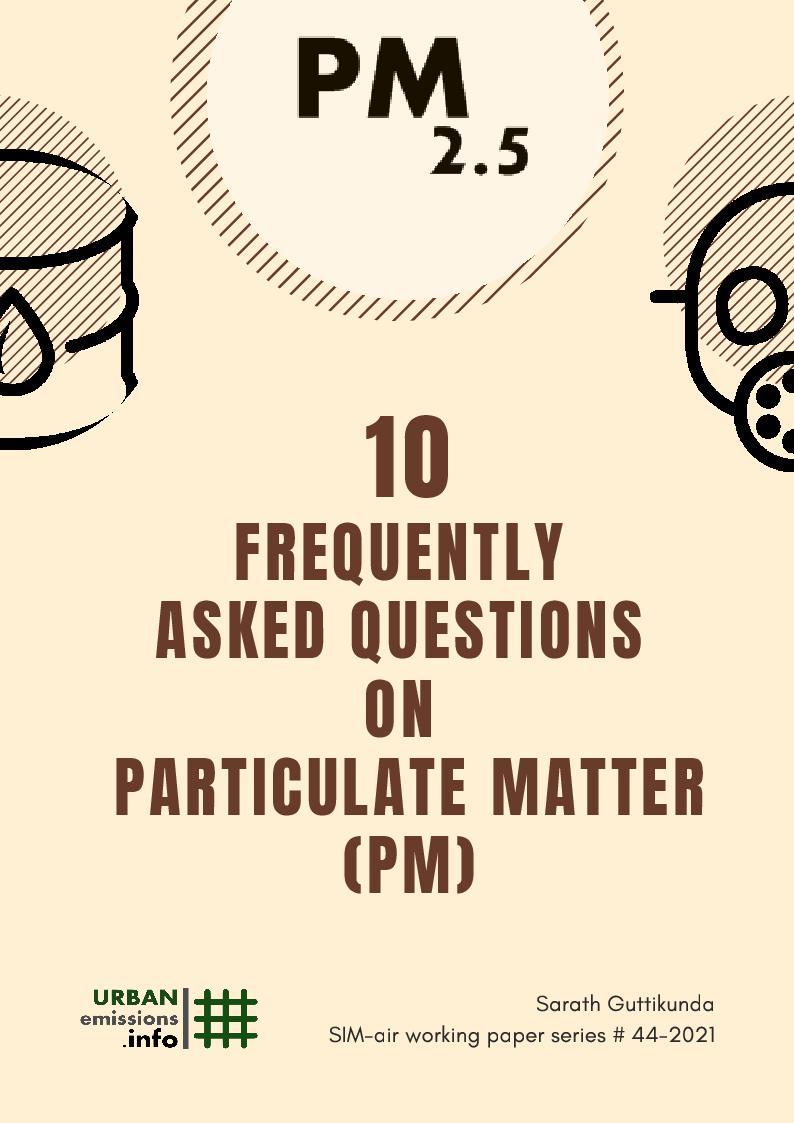 |
Summary of Air Quality in India between 1998-2020
Reanalyzed PM2.5 concentrations and modelled source contributions were analyzed to present (a) India’s % area exposed to various pollution bins in 1998-2020 (b) India’s % population exposed to various pollution bins in 1998-2020 (c) All India pollution maps for 1998-2020 (d) State and Union Territory maps for 1998-2020 (e) State pollution rank among the 36 States and Union Territories for 1998-2020 and (f) Average % source contributions at State level for 2017. All the maps, extracted data files, infographs, and animations are available here.
Open access journal article “Evolution of India’s PM2.5 Pollution Between 1998 and 2020 Using Global Reanalysis Fields Coupled with Satellite Observations and Fuel Consumption Patterns” and supplementary information is published here.
Air Quality Forecasts for India – State-level Summaries
Our forecasting system also includes a high-resolution medium-range meteorological system for the next 72-hours, processed through 3D-WRF meteorological model and the GFS meteorological fields, followed by chemical transport modeling using the CAMx modeling system and a detailed emissions inventory for anthropogenic and natural sources. The modeling domain covers the Indian subcontinent at a temporal resolution of 1 hour. Air quality information is available as tables, time series, and maps at national and state level. A glimpse of state-level summary of PM2.5 concentrations, source contributions, and meteorological data is below for the state of Uttar Pradesh. For other states and more, click here [main link].
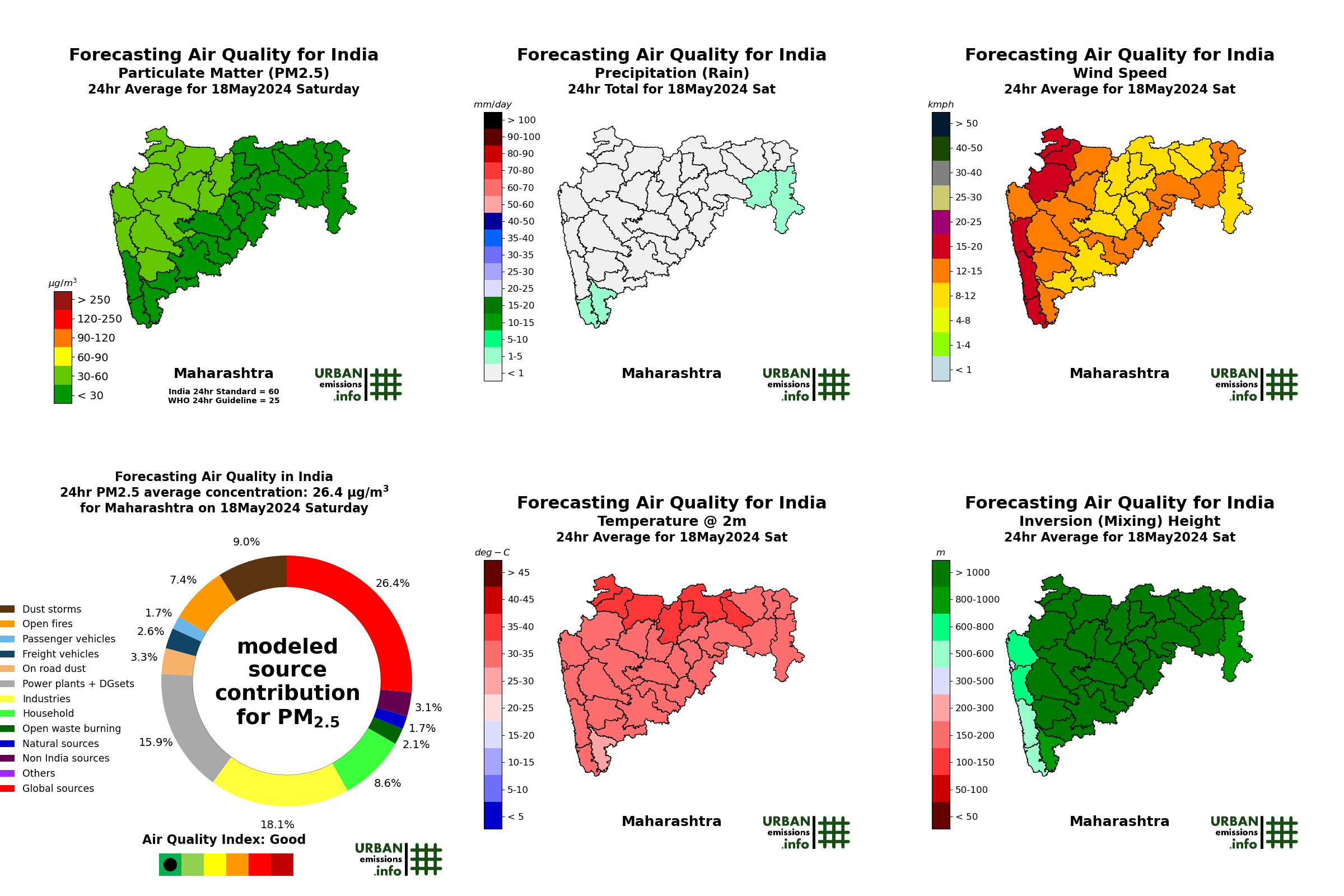 |
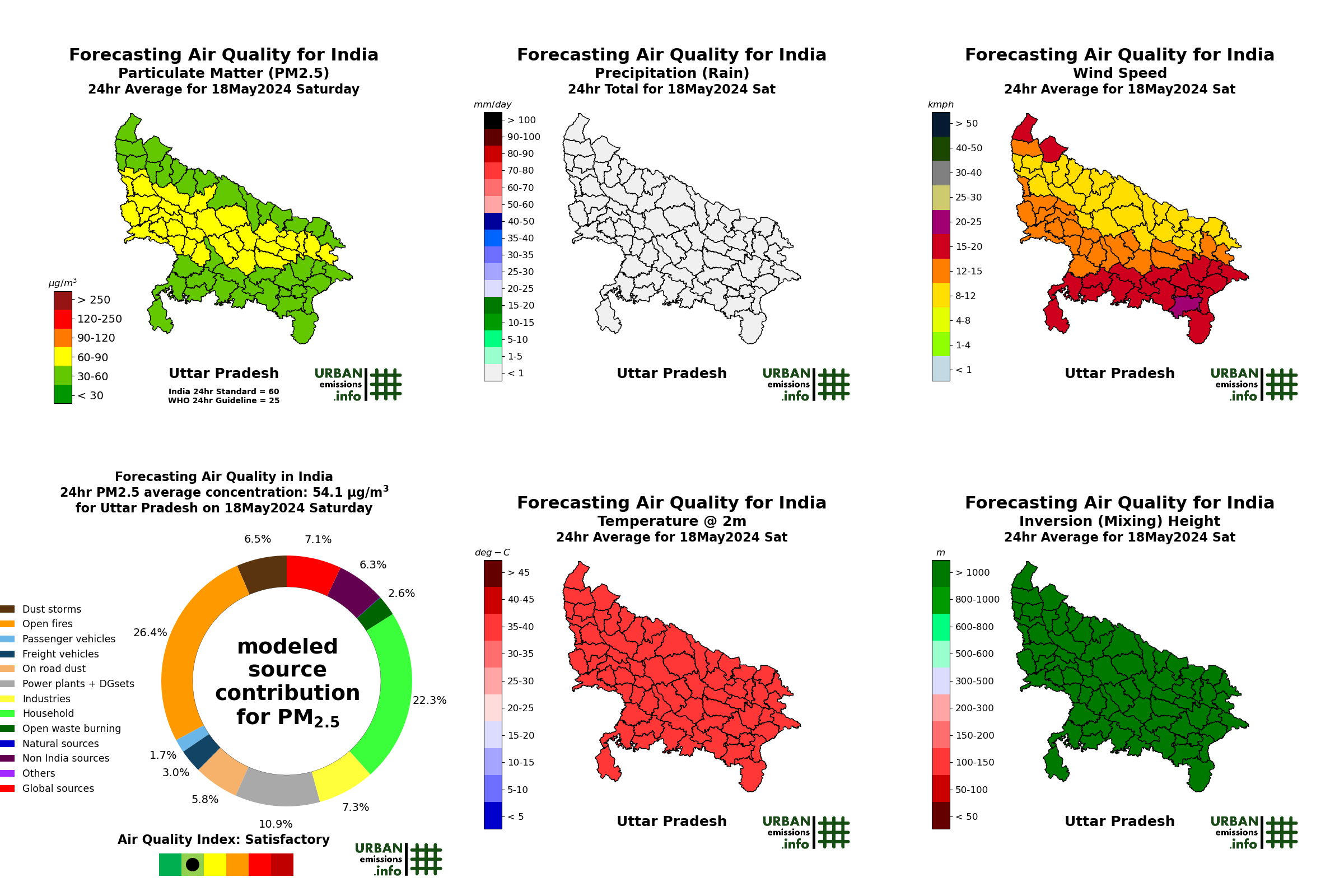 |
 Monitoring ambient air quality in Indian city airsheds under NCAP
Monitoring ambient air quality in Indian city airsheds under NCAP
Irrespective of the monitoring approaches and equipment, the initiation process requires an understanding of the pollution loads, mix of sources, and geography of the city to decide how much to monitor for better spatial representation and how many times to monitor for better
temporal representation. In this report, we defined (a) the size of NCAP city airsheds (b) the recommended number of ambient air quality monitoring sites in an airshed (c) the operational sampling frequency to support receptor-based source apportionment studies. These resources are necessary for strengthening the monitoring needs of an airshed to track pollution levels, to conduct receptor-model-based source apportionment studies, and to support long-term air quality management plans.
 Resource Links for Energy, Emissions and Air Pollution Analysis in India
Resource Links for Energy, Emissions and Air Pollution Analysis in India
Here we present a repository of resource links ranging from official portals; guidelines, acts, and rules documents; compiled statistics, maps, and other geospatial databases; satellite observations and tools; ambient air quality monitoring data from official and unofficial networks; global and regional emission inventories; global reanalysis fields; and global meteorological data fields and visualization portals, necessary for putting together energy, emissions, and air pollution analysis in India.
All the database links are also available as a PDF under the working paper series.
 Can We Vacuum Our Air Pollution Problem Using Smog Towers?
Can We Vacuum Our Air Pollution Problem Using Smog Towers?
Atmospheric science defines the air pollution problem as (a) a dynamic situation where the air is moving at various speeds with no boundaries and (b) a complex mixture of chemical compounds constantly forming and transforming into other compounds. With no boundaries, it is unscientific to assume that one can trap air, clean it, and release into the same atmosphere simultaneously. Access the paper which describes why the idea of vacuuming outdoor air pollution is unrealistic and some commentary notes.
 Air Emissions from Open Fires
Air Emissions from Open Fires
Open fires associated with agricultural residue clearing (after the seasonal harvests and a typical process to prepare for the next crop) and forest fires (associated with hot and dry conditions and some times intentional) is an important source of particulate and trace gas emissions. Detection of these fires is a complex methodology, made easy with the availability of a series of open satellite feeds. We utilize the NASA Worldview platform to visualize and access this information. Image to the right presents all open fires detected over the Indian Subcontinent in the last 24 hours (updated with VIIRS feed every 3 hours). A multi-pollutant emissions inventory, estimated using the location information and land-use databases (agricultural, forest, urban, water, arid, etc.) is available from UCAR-FINN program. For more details and to access archives, click here.

